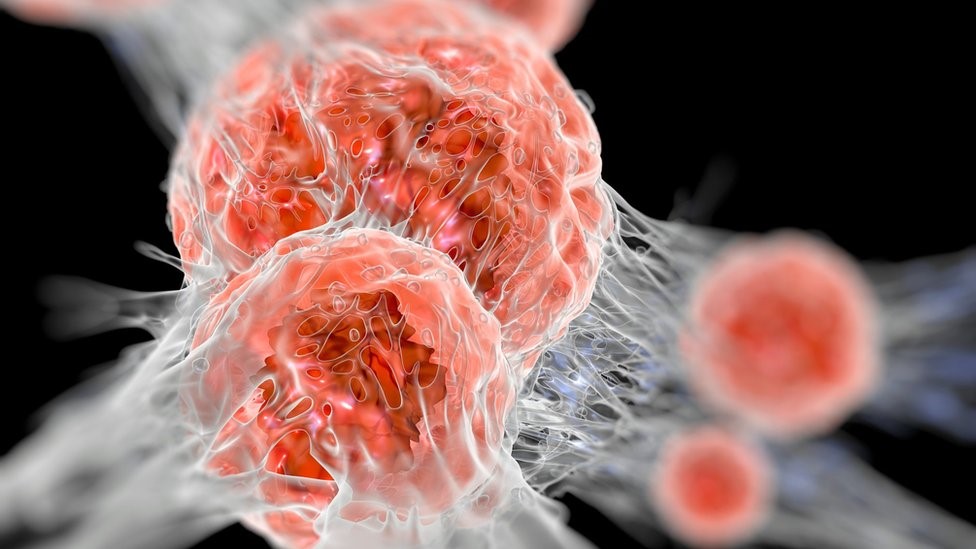Currently, 132,000 melanoma skin cancers, and about 2 to 3 million non-melanoma skin cancers occur globally each year. The incidence of skin cancer is higher compared to all other cancers combined. 1 in every 3 cancers diagnosed is skin cancer, according to Skin Cancer Foundation Statistics, skin cancer occurs, 1 in every 5 Americans develop skin cancer in their lifetime. The incidence of skin cancer is increasing among Caucasians and remains relatively low in people of color. As the ozone layers are depleting day by day, the atmosphere is losing more of its protective filtration function of solar UV radiation reaching the Earth's surface. The global incidence of melanoma is increasing – the primary factors that predispose to the development of melanoma are related with recreational exposure to the sun and a history of sunburn.
Types of Skin Cancer
1. Non-melanoma skin cancer: Non-melanoma skin cancers composes of basal cell carcinomas and squamous cell carcinomas, it is found frequent on parts of the body which are exposed to the sun, such as the face, ears, neck, and forearms. This condition signifies that long-term, frequent, or repeated UV radiation exposure is a major causal factor.
2. Malignant melanoma skin cancer: Malignant melanoma, which is far less prevalent than non-melanoma skin cancers, is still the major reason of death from skin cancer and is more likely reported and accurately diagnosed than non-melanoma skin cancers. Malignant melanoma is common among people with a pale complexion, red or fair-haired and blue-eyed persons. Research have found that the incidence of malignant melanoma in white populations generally increases with decreasing latitude.
Importance of Melanin in Preventing Skin Cancer
Melanins are a diverse group of pigments that give color to our skin, eyes, and hair; hence, the color of the skin in humans is primarily determined by the presence of melanin. While melanin serves multiple functions in our bodies, the most important among them is that it protects our skin from the harmful and damaging effects of the UV rays of sunlight. There are two basic classes of melanin: Eumelanins and Pheomelanins, among which eumelanin is prevalent in the skin. Melanocytes, a rare cell type in our outermost layer of skin, called the epidermis, produce all types of melanin. Melanocytes transfer melanosomes (membrane-bound structures) to the cells called keratinocytes (the dominant cell type in our outermost layer of skin). Melanin absorbs and re-distributes the light energy from UV rays and shields the genetic material stored inside nuclei. Specifically, melanin also causes mutation, by producing reactive oxygen compounds that can break a single strand of DNA.
Who Remains at the Risk of Developing Skin Cancer?
Human skin remains mostly exposed to ultraviolet rays that influence the function and survival of many cell types. Due to the lack of skin pigment melanin among Caucasian populations, generally, they have a much higher risk of developing non-melanoma or melanoma skin cancers compared to that of dark-skinned populations. Darker-skinned complexes have comparatively larger number of melanocytes that synthesize more melanin, which protects the deeper layers of the skin from harmful radiation of the sun. The low incidence of skin cancers in darker skinned groups is primarily a consequence of photo-protection provided by increased epidermal melanin, which filters twice as much ultraviolet (UV) radiation as in the epidermis of Caucasians. The presence of more number of melanized melanosomes present in darker-skinned groups absorbs and scatter more energy than do the smaller number of melanosomes in Caucasians. The superior photoprotection in people of color (POC) are related to distribution of melanosomes and packaging, which are distributed individually in keratinocytes rather than in aggregates. It has been estimated that the epidermis of blacks has intrinsic sun-protection factor i.e., SPF of 13.4, whereas lighter skin usually has SPF of 3.3. The research found that the increased amount of melanin and more dispersed melanosomes appear to absorb and deflect UV rays more efficiently, conferring significant photoprotection to skin. This is why white population are the primary victims of skin cancer, and the incidence of skin cancer are lower in people of color (POC) when compared with whites. Hence, UV radiation, the principle predisposing factor for skin cancer in Caucasians plays a small role in people of color. Therefore, the color of the skin is the primary reason behind the occurrence of skin cancer.

